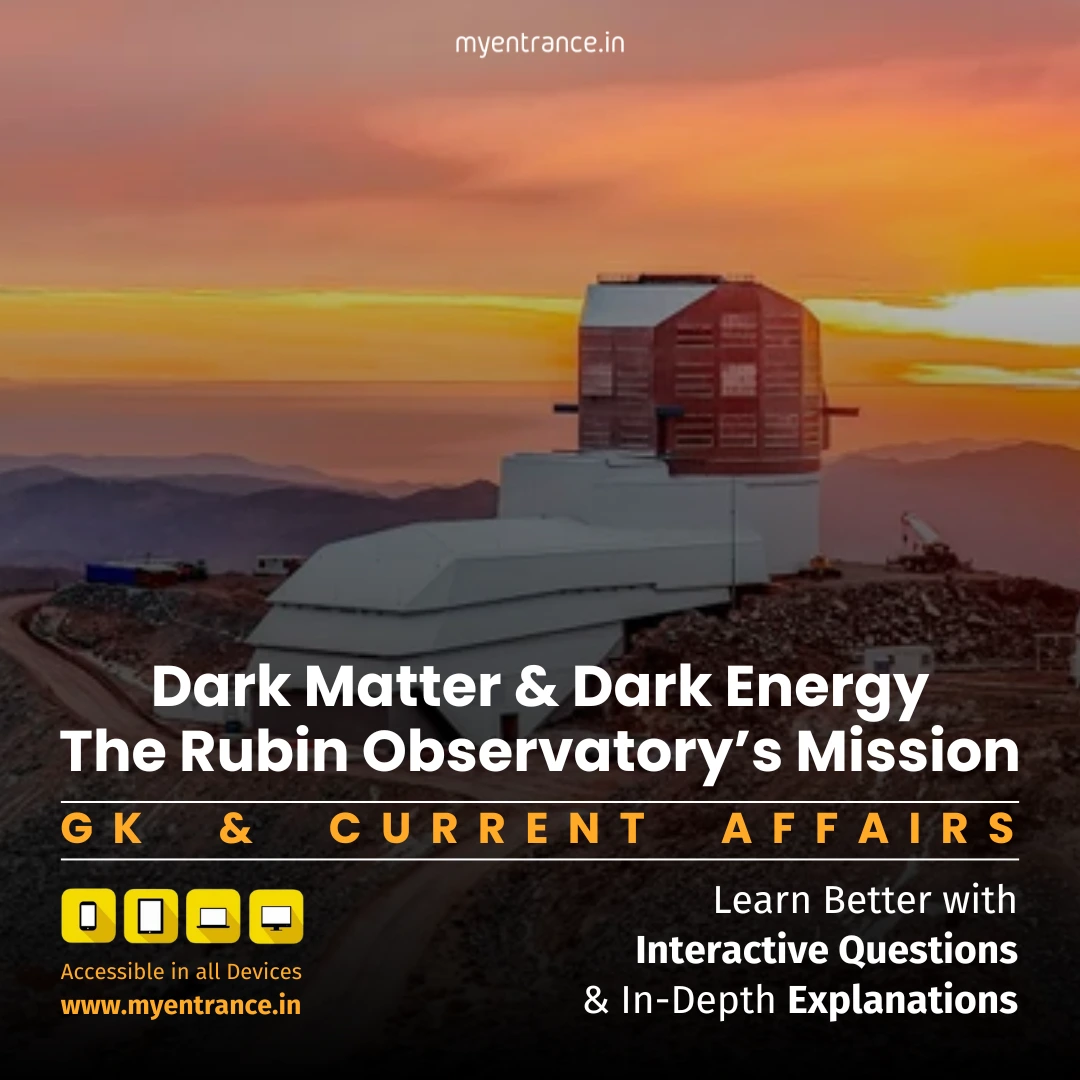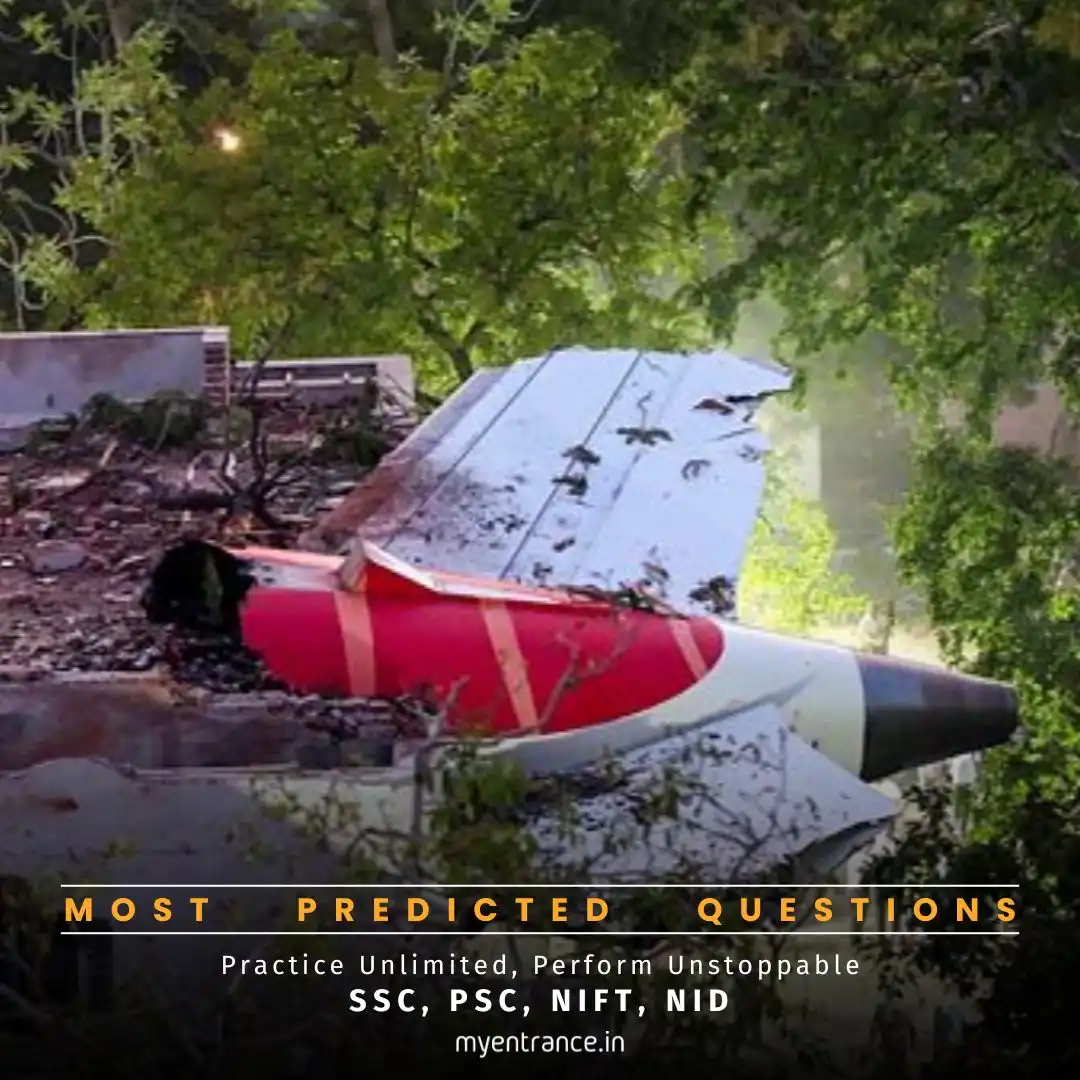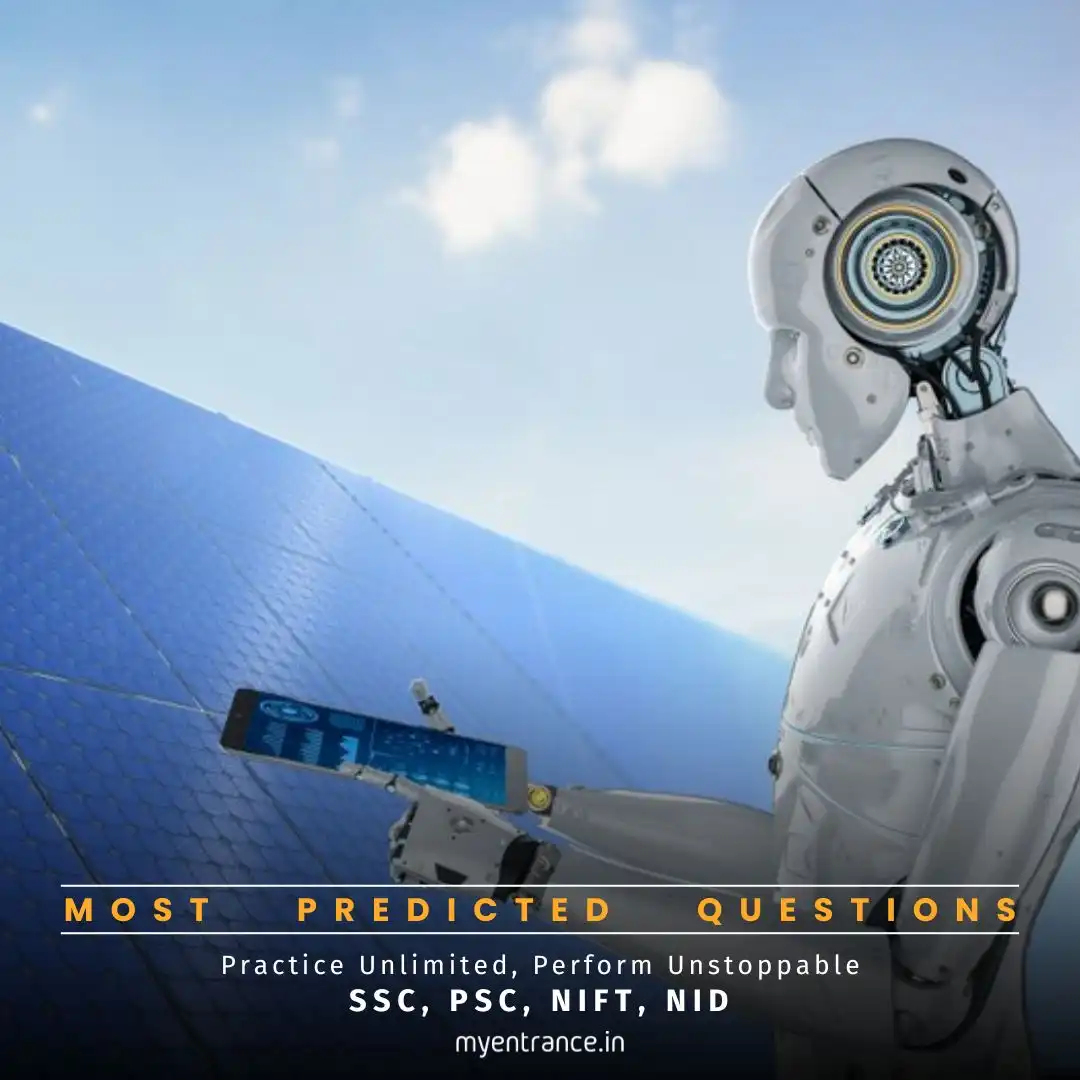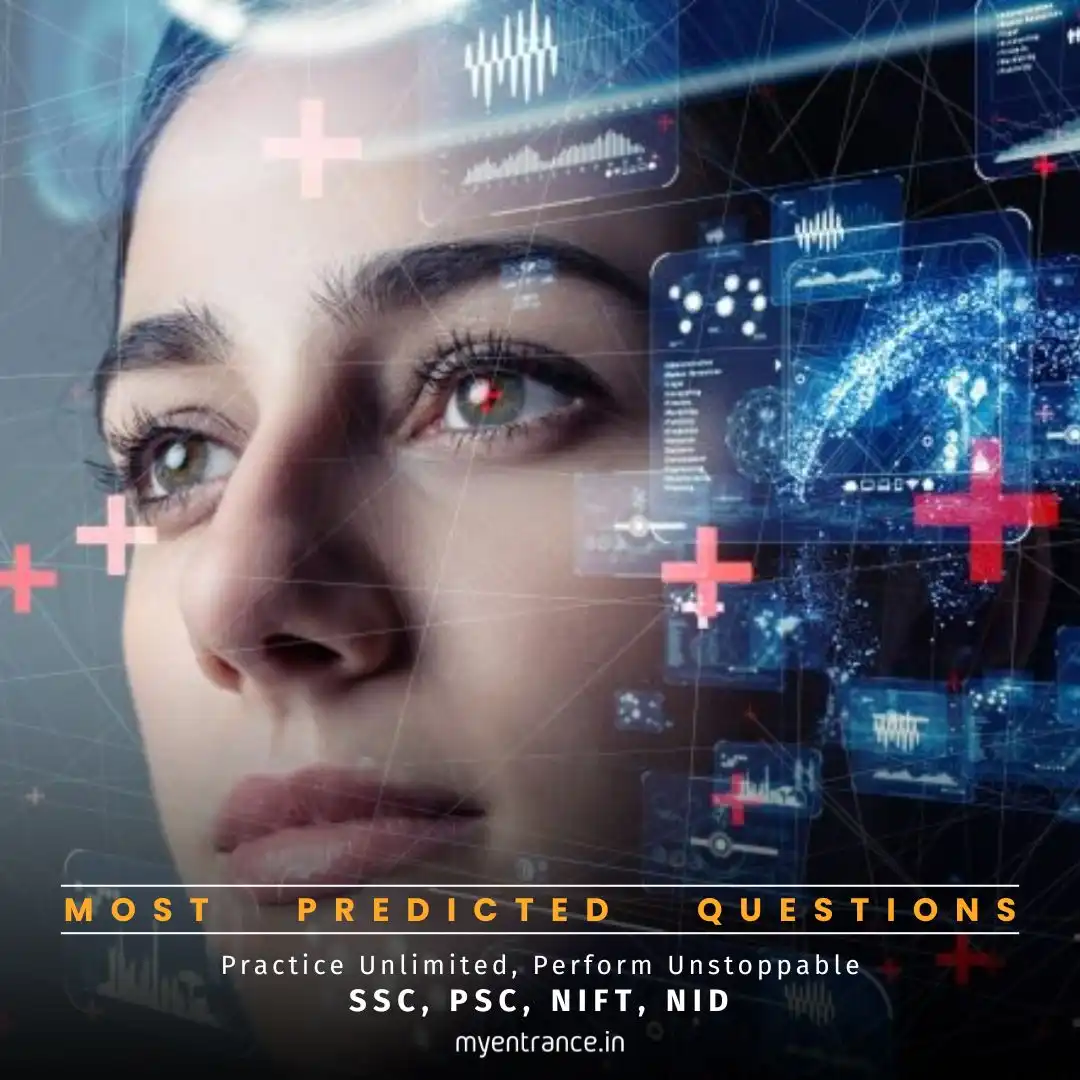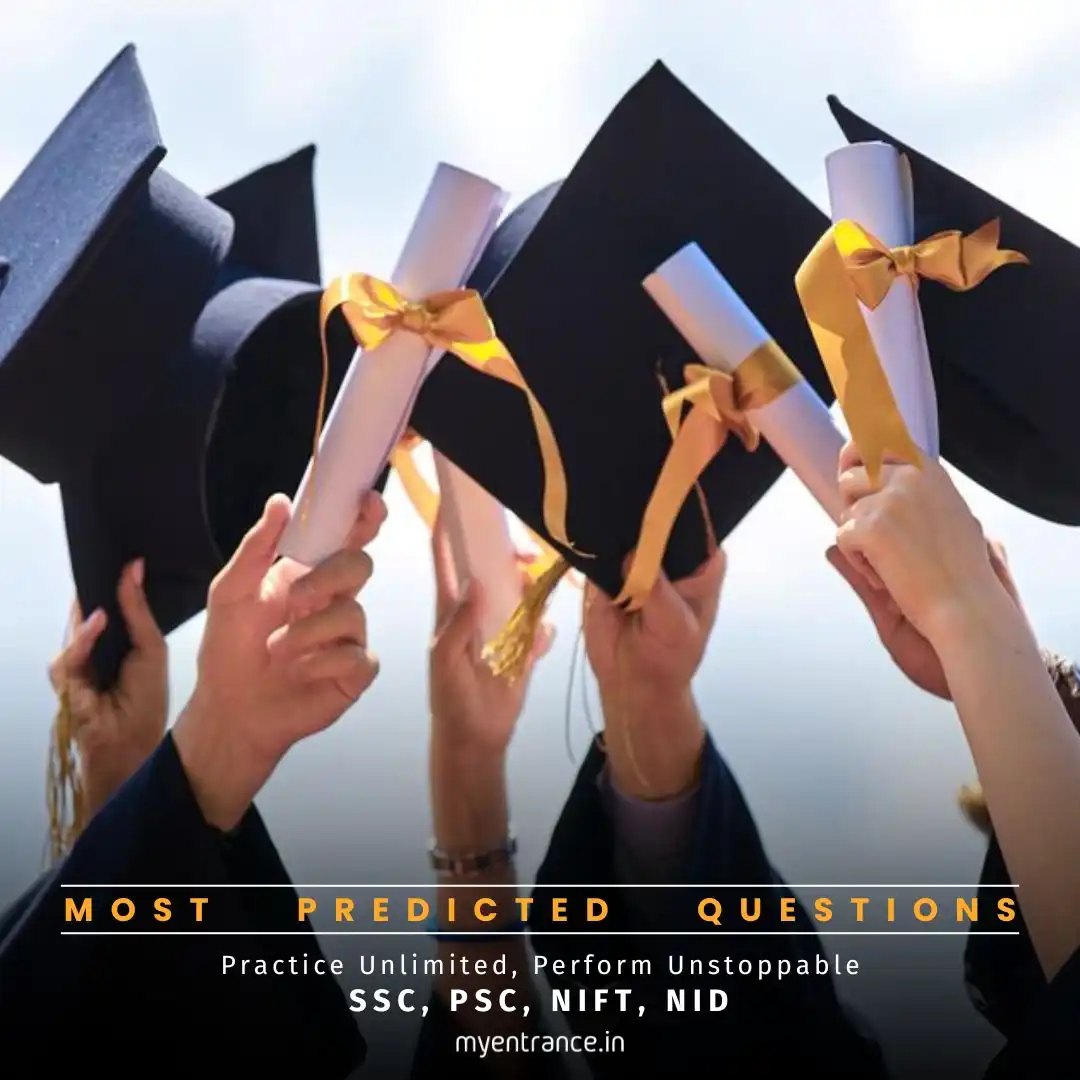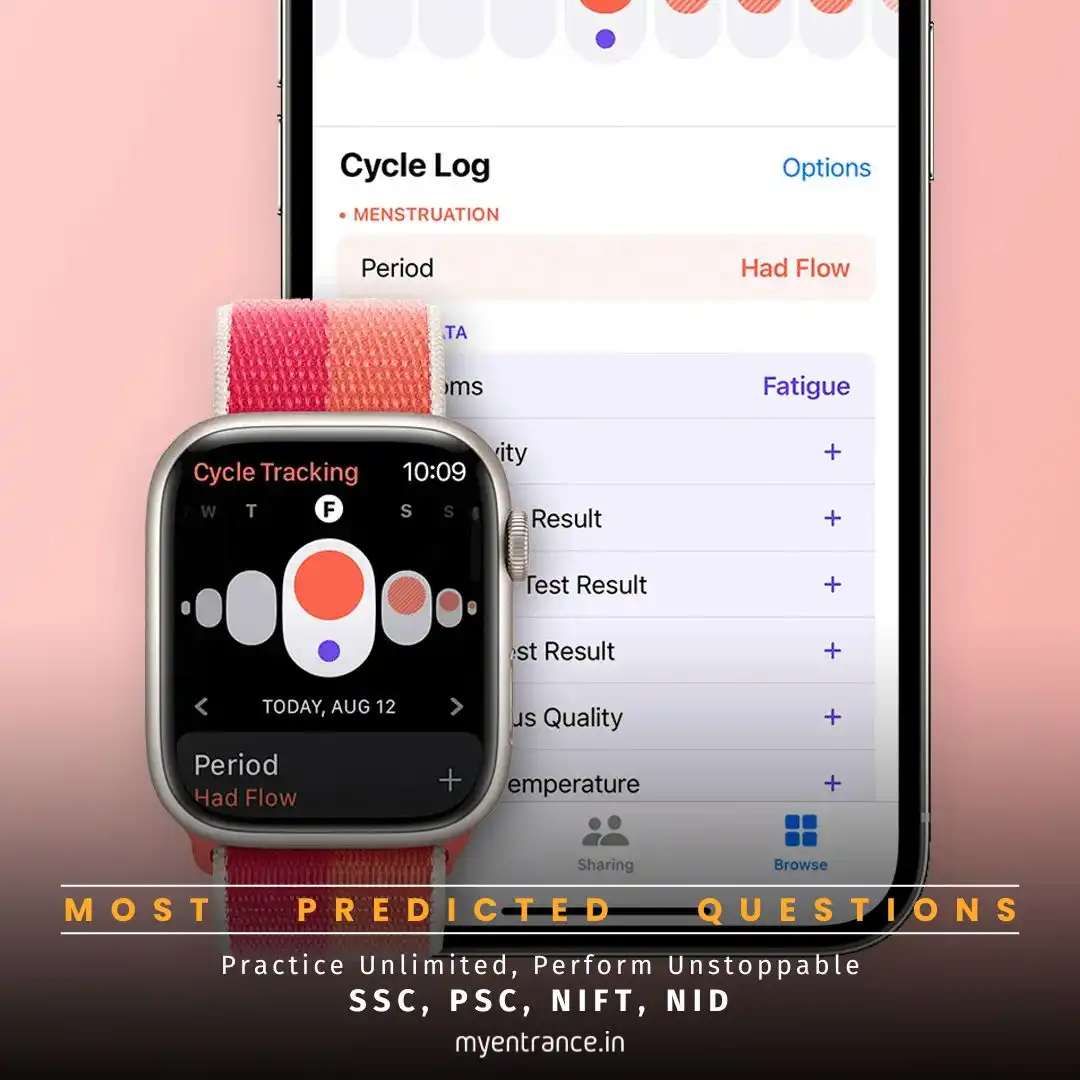Select Language
Exploring the Unknown Universe: The Largest Digital Camera Ever Built
The universe is filled with mysteries that have puzzled scientists for decades. The Vera C. Rubin Observatory, equipped with the world’s largest digital camera, is now ready to explore these cosmic enigmas in unprecedented detail.
The Rubin Observatory: A New Window into the Cosmos
Perched atop Cerro Pachón in Chile’s Atacama Desert, the Vera C. Rubin Observatory stands as a beacon of astronomical discovery. Its mission? To conduct a 10-year survey of the southern sky, capturing data that could revolutionize our understanding of the universe.
Why This Telescope is Different
Largest Digital Camera Ever Built: With 3.2 billion pixels, it can capture images covering 40 full moons in a single shot.
Unprecedented Speed & Depth: Unlike other telescopes that focus on either wide or deep views, Rubin does both—scanning the entire southern sky every three nights.
Decade-Long Survey: The data collected will create a time-lapse of the cosmos, tracking changes in stars, galaxies, and transient phenomena.
Key Scientific Goals
1. Decoding Dark Matter & Dark Energy
Dark Matter (27% of the universe): Invisible and undetectable by conventional means, it holds galaxies together. Rubin will study its gravitational effects on visible matter.
Dark Energy (68% of the universe): The mysterious force accelerating cosmic expansion. Rubin’s observations will help measure its influence over time.
2. Mapping the Milky Way’s Evolution
The telescope will detect stellar streams—remnants of smaller galaxies swallowed by the Milky Way—revealing our galaxy’s violent past.
By tracking supernovae and gamma-ray bursts, it will help astronomers understand the life cycles of stars.
3. Discovering the Unexpected
Rubin will detect millions of transient objects—exploding stars, colliding black holes, and possibly phenomena we’ve never seen before.
“The universe always throws us surprises,” says astrophysicist Michael Strauss. Rubin is designed to find them.
How Rubin Builds on Past Discoveries
Vera Rubin’s Legacy: The observatory is named after the astronomer who first provided evidence of dark matter in the 1970s.
Complementing Other Telescopes: Rubin’s findings will work alongside data from Euclid (ESA) and the upcoming Nancy Grace Roman Space Telescope (NASA).
What’s Next?
First Images Released in 2024, with full scientific operations beginning later this year.
A Global Scientific Treasure: Astronomers worldwide will access Rubin’s 20 billion galaxies and stars dataset, opening new research avenues.
Sample Questions & Answers (FAQs)
1. What makes the Rubin Observatory unique?
It combines wide-field imaging, rapid scanning, and deep-space observation—something no other telescope has achieved before.
2. How will Rubin help study dark matter?
By analyzing gravitational lensing (how dark matter bends light) and the motion of stars and galaxies.
3. Why is Chile the ideal location for Rubin?
Chile’s Atacama Desert offers some of the darkest, clearest skies on Earth, perfect for deep-space observation.
4. What kind of unexpected discoveries could Rubin make?
It may find new types of supernovae, unknown cosmic structures, or even evidence of physics beyond current theories.
5. How will Rubin’s data be used by scientists?
Astronomers worldwide will analyze its 10-year sky survey to study galaxy formation, dark energy, and transient cosmic events.
Most Predicted Questions
Comprehensive study materials, Expert-guided tips & tricks, Mock tests and instant results.
Start your SSC, NIFT, NID, FDDI, PSC journey today with MyEntrance, your ultimate online coaching platform.
